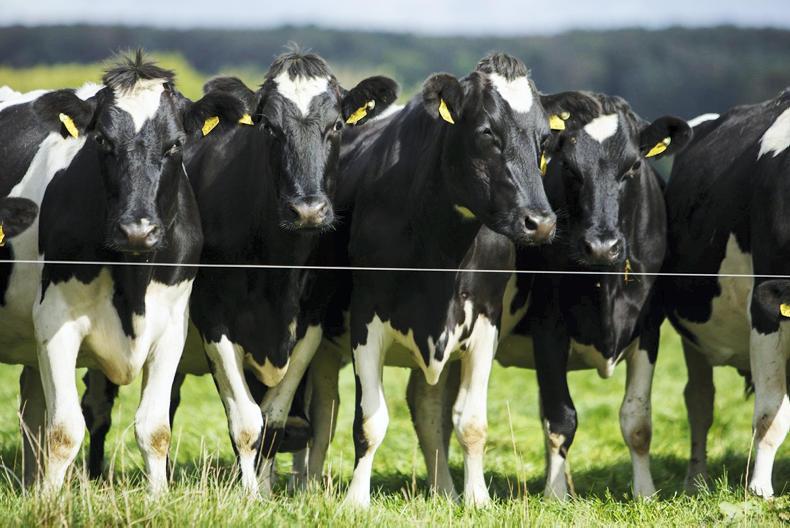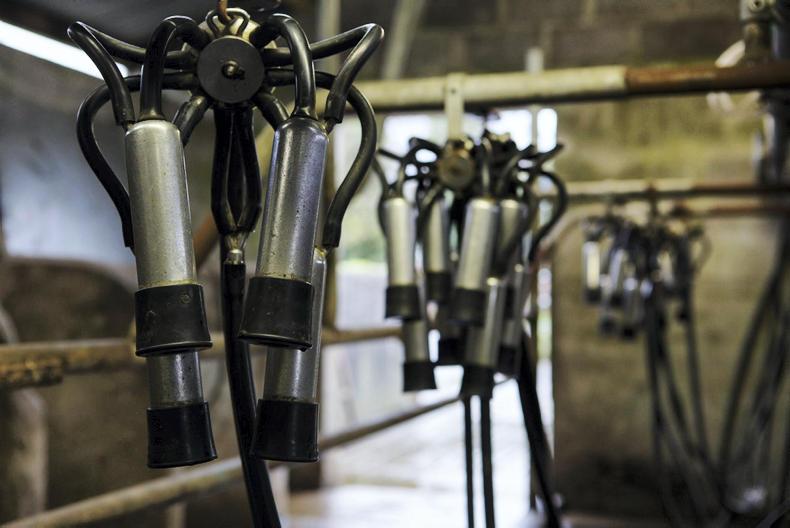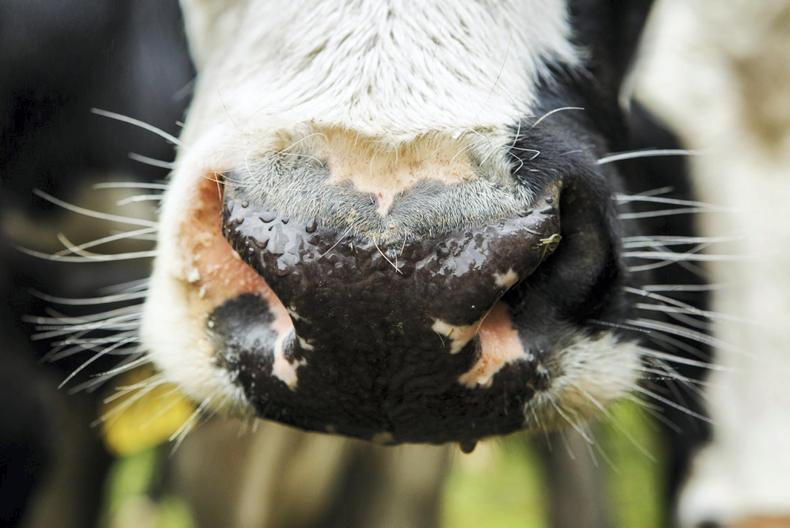In 2017, EU milk collection is expected to increase by 0.7%, driven by significant increases in Ireland, Poland, the UK and Italy, according to the European Commission's latest short-term outlook.
In contrast, it is expected to decline in Germany and France, mainly because of unfavourable weather conditions, and in the Netherlands, because of the obligation to reduce the dairy herd in order to cut phosphate emissions.
The outlook found that EU milk collection has started to fall in line with the milk season, but more milk than last year is expected in the second half of the year.
Rain to be a factor
Trends in milk collection in the second half of the year will largely depend on the amount of rain that falls in the next few weeks, the outlook predicts, which will determine the quality and quantity of forage.
After several difficult years in the sector, many farmers are running their farms with lower levels of inputs.

If the milk price was to rise further, farmers might buy more feed concentrates and produce more milk.
At any rate, the Commission expects a substantial increase in the last quarter compared to the low milk production in 2016.
A further increase in milk collection, so far projected at the medium-term annual growth rate (+0.9%) by the EU, is expected in 2018.
Milk prices
Over the next few months, several factors will affect EU milk price trends. The first of these is the change in world supply.
After a milk season with unfavourable weather and very low prices leading to a reduced milk collection in New Zealand for the second consecutive season, the strong rise in milk prices could favour a significant recovery in milk collection there at the September-January seasonal peak, the outlook found.
In addition, the US milk supply is expected to increase by around 2%.

Figures show that EU milk collection has started to fall in line with the milk season, but more milk than last year is expected in the second half of the year.
Dairy markets: buyer activity easing as holiday season arrives
US dairy exports rise €500m in 12 months
In 2017, EU milk collection is expected to increase by 0.7%, driven by significant increases in Ireland, Poland, the UK and Italy, according to the European Commission's latest short-term outlook.
In contrast, it is expected to decline in Germany and France, mainly because of unfavourable weather conditions, and in the Netherlands, because of the obligation to reduce the dairy herd in order to cut phosphate emissions.
The outlook found that EU milk collection has started to fall in line with the milk season, but more milk than last year is expected in the second half of the year.
Rain to be a factor
Trends in milk collection in the second half of the year will largely depend on the amount of rain that falls in the next few weeks, the outlook predicts, which will determine the quality and quantity of forage.
After several difficult years in the sector, many farmers are running their farms with lower levels of inputs.

If the milk price was to rise further, farmers might buy more feed concentrates and produce more milk.
At any rate, the Commission expects a substantial increase in the last quarter compared to the low milk production in 2016.
A further increase in milk collection, so far projected at the medium-term annual growth rate (+0.9%) by the EU, is expected in 2018.
Milk prices
Over the next few months, several factors will affect EU milk price trends. The first of these is the change in world supply.
After a milk season with unfavourable weather and very low prices leading to a reduced milk collection in New Zealand for the second consecutive season, the strong rise in milk prices could favour a significant recovery in milk collection there at the September-January seasonal peak, the outlook found.
In addition, the US milk supply is expected to increase by around 2%.

Figures show that EU milk collection has started to fall in line with the milk season, but more milk than last year is expected in the second half of the year.
Dairy markets: buyer activity easing as holiday season arrives
US dairy exports rise €500m in 12 months








 This is a subscriber-only article
This is a subscriber-only article












SHARING OPTIONS: